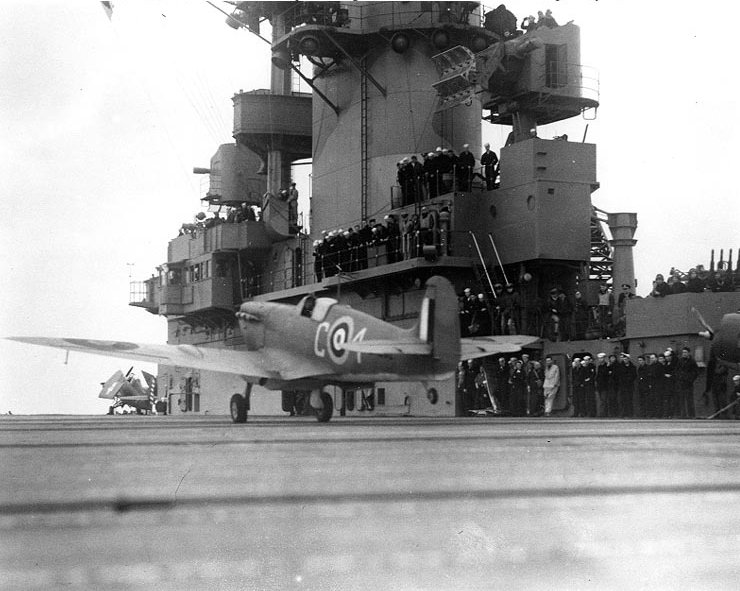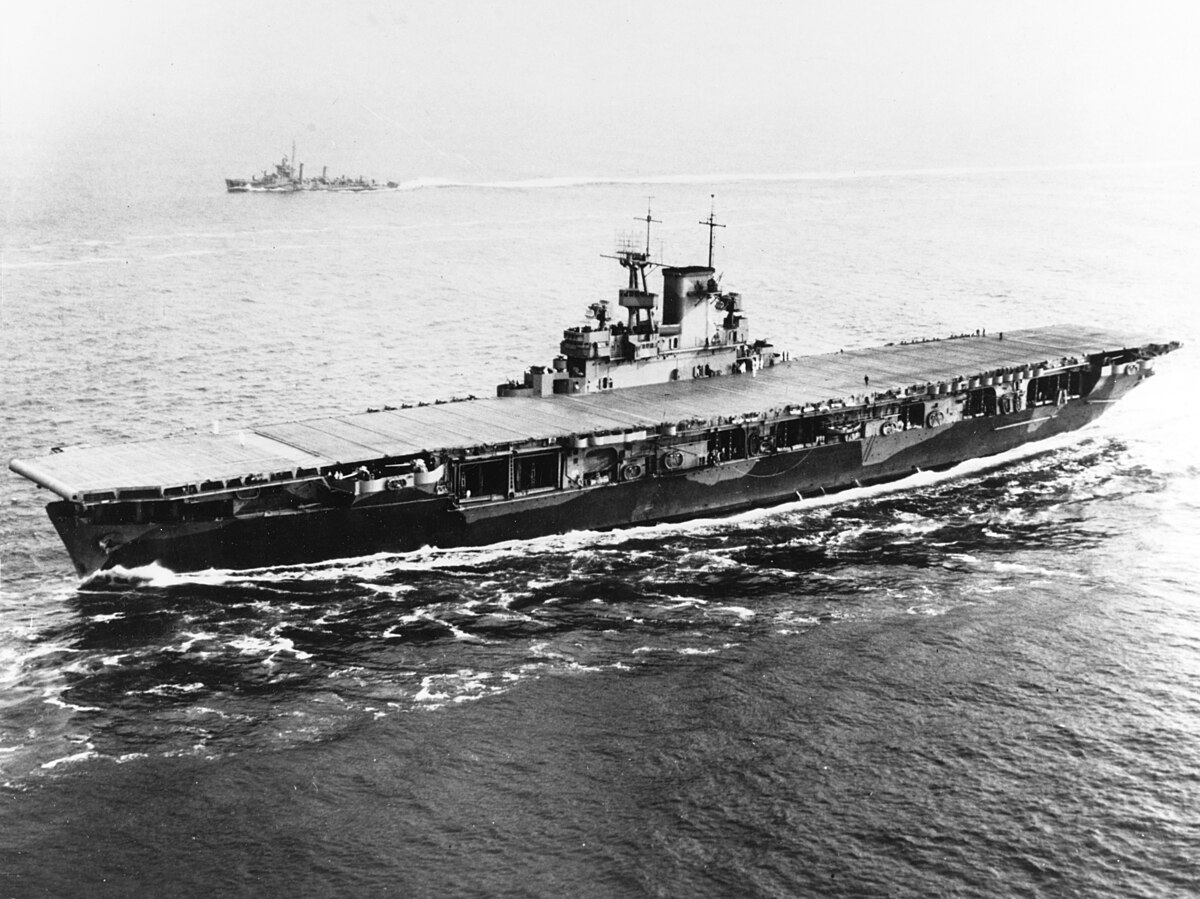Wasp arrived at Scapa Flow at the beginning of April 1942 along with an escorting Battleship, Cruisers and destroyers, with FDR having already agreed to Churchill's request for a loan for a Malta run at the end of March (at the time Eagle had had to be docked at Gibraltar unexpectedly due to rudder problems and Malta desperately needed Spitfires).Also aiui Wasp had persistent problems with the turbines. Is it even phisically possible for Wasp to reach Midway in time? When did it arrived and left Hatston? I saw a picture saying Wasp arrived Norfolk May 26? If no or very short stop at Norfolk then abbout May 30 Canal, June 6-7 or so San Diego, then perhaps June 8-9 Pearl and June 11-12 Midway? With SB2Us and TBDs?
I have seen various scenarios in which Saratoga MIGHT make it to Midway with a very cobbled together airgroup, but there's a big if here as well whether VF-5 or 72 is ready to sail by the June 1st at the very latest. VT-8s TBFs are, and whatever SBDs and F4F plus pilots MIGHT already on the ship if it leaves San Diego straight away on May 25 or so, i think 23 SBD and 14 F4F, need to read again which squadrons.
But Zuikaku and Saratoga being at Midway really have no link to eachother, they're different scenarios, could be both, could be one or the other as once fancies.
She undertook Operation Calendar, leaving the Clyde on 14 April and launching the Spitfires on 20 April. Because that delivery was largely destroyed on arrival, Churchill again requested help from FDR who rapidly agreed. So Operation Bowery was planned before Wasp arrived back in Britain on the 29th April. She was turned round and sailed 3 May on Op Bowery, launching those aircraft on the 9th May before returning to Britain.

Operation Calendar - Wikipedia

Operation Bowery - Wikipedia
I'm not sure of her exact date of arrival at Norfolk but it was before the end of May as her new CO, Forrest P Sherman, took over Command on 31st May after Capt Reeves had been promoted.
